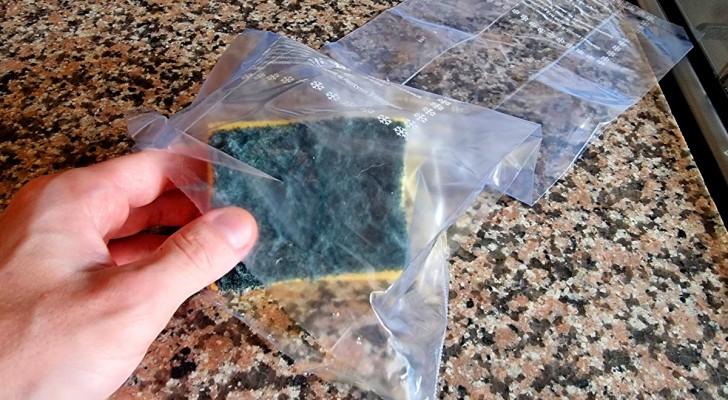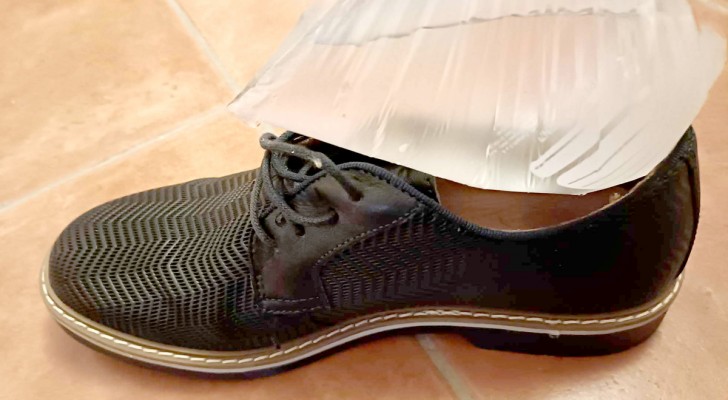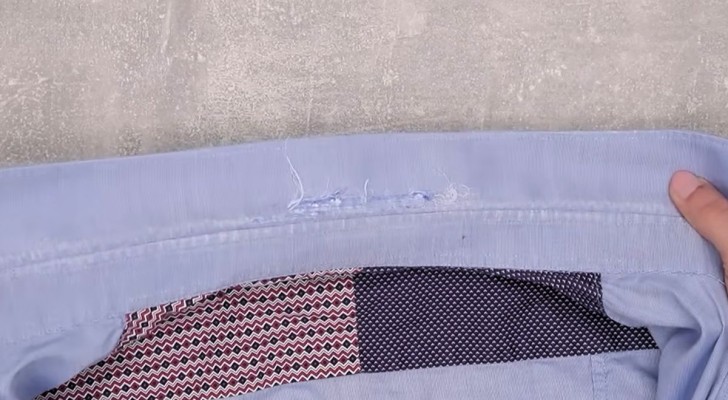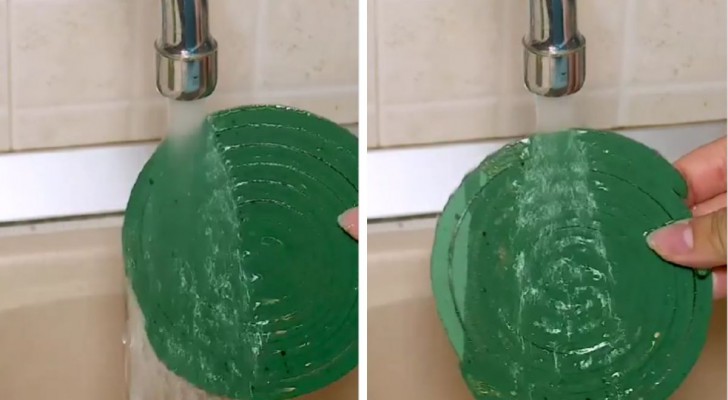Cleaning a moka: tips to keep it in perfect condition for longer
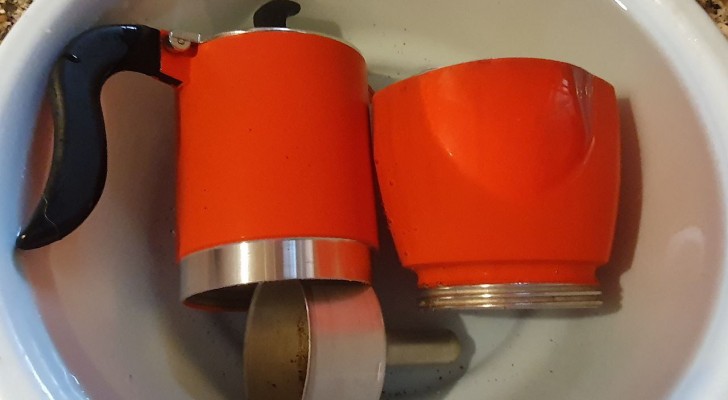
Getting the energy needed to start the day; a morning ritual at home or at the bar; a drink you sip for pleasure; or to help you find the energy you need to keep going: the beverage of choice for many is coffee, and especially when consumed at home, it is a brew made with a moka (mocha).
If we have one, we most likely use it often to prepare a wide range of coffee types (like those made from barley, ginseng and so on). Are we sure, though, that we clean the moka thoroughly every time? And are we taking care of it properly to lengthen its service life?
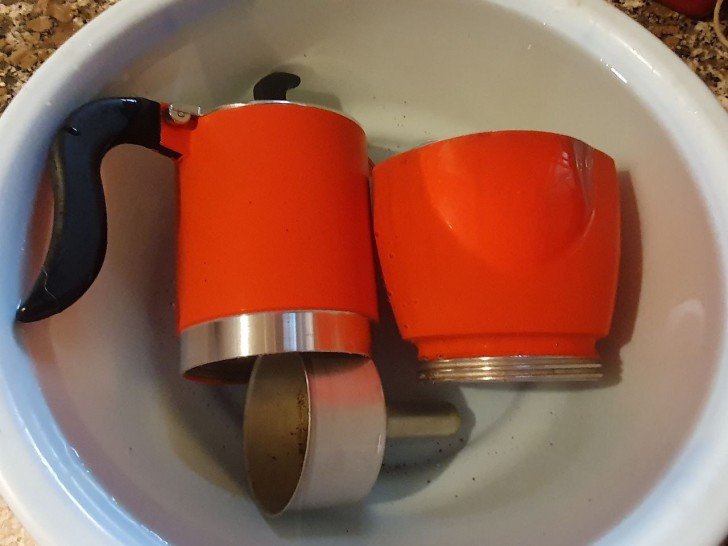
Creativo
This is not a kitchen accessory that requires special care, but it still deserves attention before, during and after each use. And occasionally, it needs a thorough cleaning.
After each use:
Wait for the moka to cool down, and then wash every part thoroughly, especially around the outer edge of the boiler, the lower edge and the valve. Do not leave any coffee residue on the seal or inside the upper unit. Washing it with some dish soap and cleaning these areas with a sponge is more than enough. If the water in the house is hard, wipe it off immediately with a dry cloth to avoid limescale deposits.
Weekly cleaning:
We recommend thorough cleaning once a week (but if you use it infrequently, you can do it every two or three weeks). Use white vinegar diluted in water. Pour 30 ml of vinegar into a bowl of water - large enough to hold all the pieces of the moka (except the rubber seal), and let them soak for 20 minutes before washing and rinsing off as usual. If you want to do a more thorough job, you can follow the cleaning by preparing a "fake coffee" - that is, using only water in the boiler and no coffee in the filter, so as to clean the inside the unit.
The seals:
These blacken gradually with use, and if this bothers you, you can rub a little lemon juice on them. However, since it is rubber, you can replace the seal when it can no longer be cleaned. Often, that's all you need to ensure a moka makes coffee properly.
Preventing limescale:
The no-coffee-used brewing technique is also useful for removing limescale inside the moka. In this case, for the water placed in the tank, add half a teaspoon of citric acid or a tablespoon of white vinegar. These additives also help to remove limescale stains on the outside, and can be applied by rubbing on with a soft sponge.
Take care of your moka and it will last you a long time!

